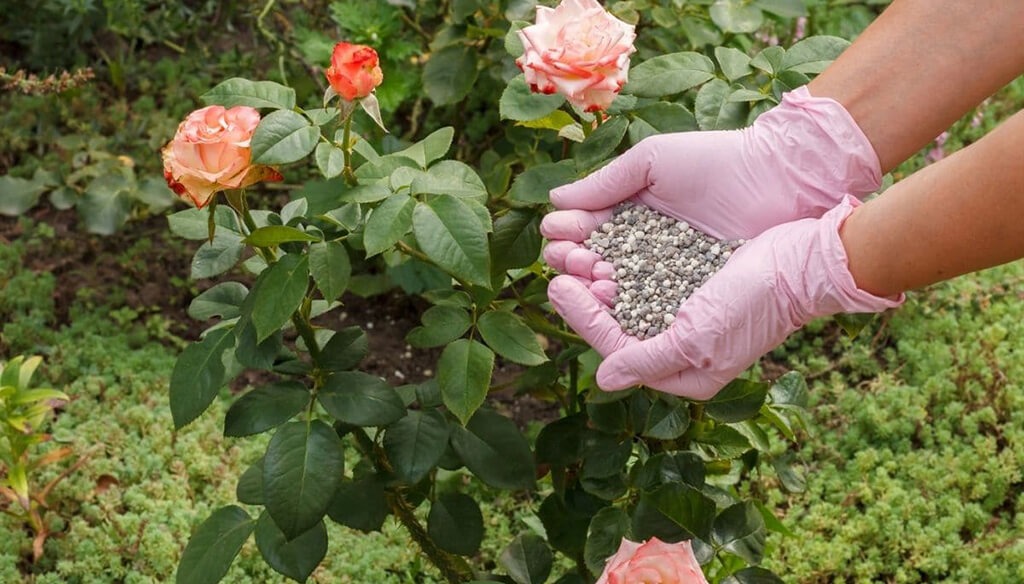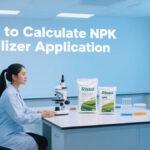Let more growers get greater benefits
Optimal Timing for Applying NPK Fertilizer
- Industry News
- February 7, 2016
- 5:29 pm

Optimal Timing for Applying NPK fertilizers: A Guide for Gardeners
Applying NPK fertilizer at the right time is crucial for maximizing its benefits and ensuring your plants thrive. Understanding when to fertilize can help improve nutrient uptake, enhance growth, and promote blooming. In this post, we’ll explore the optimal timing for applying NPK fertilizer to achieve the best results in your garden.
List of Contents
1. Know Your Plant's Growth Cycle

Different plants have distinct growth cycles, which influence their nutrient needs. Generally, there are three key growth stages:
Establishment Phase: When plants are just starting to grow, they benefit from a fertilizer high in nitrogen to promote leafy growth.
Vegetative Phase: As plants develop, a balanced NPK fertilizers can support overall growth. For flowering plants, increasing phosphorus can help with bud formation.
Maturation Phase: When plants are nearing harvest, reducing nitrogen and focusing on potassium can enhance fruit development and improve disease resistance.
Understanding these phases helps you apply fertilizer at the right time for optimal growth.
2. Seasonal Considerations

The time of year plays a significant role in determining when to apply NPK fertilizer:
Spring: This is typically the best time to apply fertilizer, as plants are waking up from dormancy and require nutrients for active growth. Apply a balanced NPK fertilizers when you see new growth starting.
Summer: During the growing season, additional applications may be needed, especially for heavy feeders like tomatoes and peppers. Mid-season is an excellent time for side-dressing with fertilizer.
Fall: Apply a potassium-rich fertilizer in late summer or early fall to help plants prepare for winter. This promotes root development and strengthens plants for the colder months.
3. Soil Temperature and Moisture

Soil temperature and moisture levels can significantly affect nutrient availability. Fertilizer should be applied when the soil is warm enough to encourage microbial activity, typically around 50°F (10°C) or higher.
Moist Soil: Fertilizers work best when the soil is moist, as this helps nutrients dissolve and become available to plant roots. Avoid applying fertilizer during dry spells unless you can irrigate afterward.
4. Testing and Monitoring

Regular soil testing can help determine when and how much fertilizer to apply. Testing your soil at least once a year can provide valuable information on nutrient levels and pH.
Additionally, keep an eye on your plants. Signs of nutrient deficiencies (like yellowing leaves or stunted growth) can indicate that it’s time to fertilize.
5. Application Methods

Pre-Planting: Incorporate NPK fertilizers into the soil before planting for a strong start.
Side-Dressing: Apply fertilizer around the base of plants during the growing season to provide a boost without disturbing root systems.
Foliar Feeding: A liquid NPK fertilizer can be applied directly to the leaves for quick nutrient absorption, especially if deficiencies are detected.
Conclusion

Applying NPK fertilizers at the right time is essential for maximizing its benefits and promoting healthy plant growth. By understanding your plants’ growth cycles, considering seasonal changes, monitoring soil conditions, and testing your soil, you can optimize your fertilization strategy. With the right timing and techniques, you’ll set your garden up for success!
- Article
What will you get when touch?
✔ Quick & helpful reply within 6 hours.
✔ Tailored solutions for your project.
✔ One-stop product, tech, market
TRENDING
Want to find a China fertilizer manufacturer?
Risso will be your best choice; send us your request for your fertilizer details requirement.
TAIAN RISSO CHEMICAL FERTILIZER CO.,LTD
- Address: High-tech Development Zone, Taian City, Shandong Province
© Copyright 2017 RISSO CHEMICAL. All Rights Reserved.







